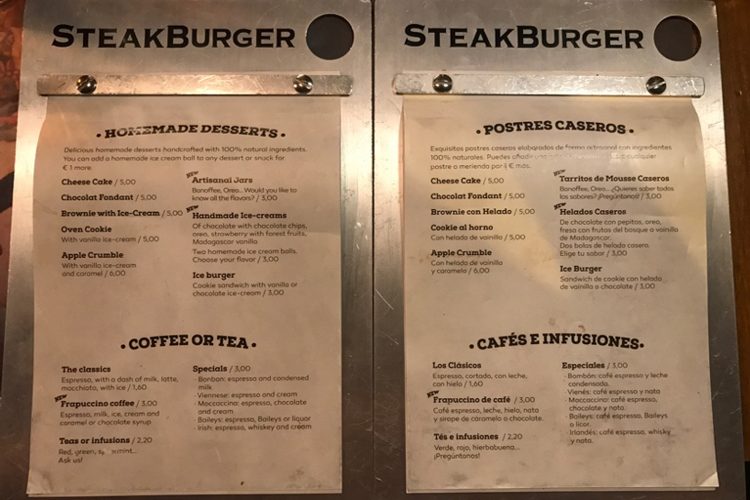Traveling to a new country is invigorating, challenging, and often times intimidating, especially when you do not speak the language the locals do.
The last thing you want to do is insult a Madrileño when you attempt to speak Spanish and it all comes out wrong and offensively!
Luckily, there are a few tips to help travelers navigate Madrid perfectly fine with a little preparation and common sense.
Before going to a foreign country, research that country’s customs, traditions, and basic communication skills. Tourists should learn how to say, “Hello, goodbye, Where is this? How much does this cost?” and other phrases or words that might be helpful to their travels.
When walking into a store or restaurant, politely ask if there is someone who speaks English or the language that you speak.
Spain is the third most visited country in the world by tourists, therefore the people working around Madrid know that they are going to come across tourists time and time again. Many people in the popular areas for tourists are most likely to speak Spanish and English.

Notes at CaixaForum provided in Spanish and English | Kaitlyn Norris
Most of Madrid offers translations in English for many things like signs, movies, menus, and more.
La Princesa is a movie theater in the Arguelles neighborhood that offers movies in English with Spanish subtitles. Watching a movie like this is a great way to pick up some Spanish vocabulary, while enjoying a film.
Many restaurants will offer menus in Spanish and English. If the server does not speak English, try your best to communicate that you do not speak Spanish. You can say, “No hablo Espanol, tiene un menu en Ingles?”
This will show the server that you are attempting to speak their language, and they may be more willing to help you.
You may find that many food items sound close to the same in English and Spanish. This will also aid in the decision-making when ordering.
If all else fails when ordering food, unless you have allergies to certain foods, be an adventurous eater. You are traveling to a foreign place, so you might as well try new foods. Food in Madrid has many different flavors and there are so many meals to try that you may not find in your home country.
Another tip for travelers who do not speak Spanish is to download a translation app like Google Translate on their mobile device. This app may come in handy if you need something specific, but you do not know how to say it.

Notes at CaixaForum provided in Spanish and English | Kaitlyn Norris
You can hand your device to a Madrileño and they will try to translate what they are saying and vice versa.
Word Lens is another app that will allow you take a picture of a sign, menu, or anything else that is printed. This app translates 6 different languages into English, which is helpful for English speaking tourists.
Another form of expression that is used universally is body language. Many people communicate through body language in various countries. Get creative and try to interpret what you are trying to say to the best of your ability.
“When going to the pharmacy, I had to put my hands on my head indicating a fever and pretend to sneeze to show the pharmacist what was wrong with me in order to get medication,” tourist from the U.S.A, David Lee said.
This is a great example of using universal body language and movement to help interpret what you need.
You may find that outside of the city center in Madrid, it is a little harder to locate someone who speaks English. If this is the case, try your best to express what you need and don’t be embarrassed.
Every time you try to communicate with someone, learn from it and use what you learned the next time you are trying to communicate with someone.
Planning where you are going for the day is also a huge help when exploring a new city. Download or memorize directions from every place you want to go so that you are prepared.
If you do have to ask someone, be polite. Say hello and tell them where you are from. Many locals are more than happy to help a tourist explore their beautiful city.
“I love helping tourists with recommendations of where to go and eat, especially when they are nice ” said Alejandra Alvarez, a shop worker in Puerta del Sol.
Travel Journalism, Photography & Video Internship Seminar in Madrid, Spain

